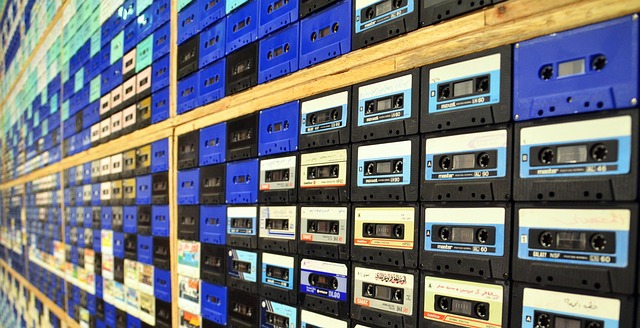Tankless water heaters, with their on-demand heating system, offer energy efficiency, space savings, and continuous hot water supply. Installing one requires assessing home compatibility, proper sizing, and selecting the right model for your needs. Safety is paramount during preparation, installation (including shutting off old supply), and testing. Regular maintenance ensures optimal performance, addressing issues like low pressure or temperature fluctuations. This guide covers these aspects for a successful Water Heater Installation with tankless technology.
Looking to upgrade your water heater? Tankless water heaters are a modern, efficient option gaining popularity. This comprehensive guide dives into the world of tankless heating, offering insights on technology, benefits, and installation. From understanding compatibility to selecting the right model and troubleshooting common issues, we cover it all. Discover why many homeowners are making the switch and embark on the journey to a more energy-efficient hot water supply with our detailed step-by-step installation process.
Understanding Tankless Water Heater Technology
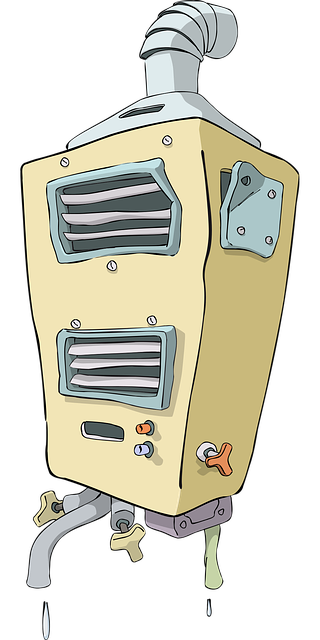
Tankless water heater technology has revolutionized water heating, offering an efficient and on-demand hot water solution. Unlike traditional tank-based heaters, these innovative systems don’t store a constant supply of hot water. Instead, they heat water instantly as it flows through the heater, providing a continuous and unlimited hot water supply. This technology is particularly beneficial for modern households looking to reduce energy consumption and save on utility bills.
During water heater installation, understanding how tankless heaters function is key. These heaters typically use either electric or gas-powered heating elements to warm water as it passes through a heat exchanger. The process is precise and immediate, eliminating the need for a large storage tank. This not only saves space but also reduces energy waste associated with maintaining a constantly heated reservoir. With their compact design and advanced features, tankless water heaters are an attractive option for efficient and sustainable water heating.
Benefits of Installing a Tankless System

Installing a tankless water heater system offers numerous advantages that make it an increasingly popular choice for homeowners looking to upgrade their plumbing. One of the key benefits is its energy efficiency; unlike traditional tank heaters, tankless systems heat water on demand, eliminating the need for constant heating and reducing energy consumption. This results in significant savings on utility bills over time.
Moreover, these systems provide a continuous supply of hot water, ensuring no more cold showers or waiting times. They are also space-saving, as they don’t require the bulkiness of a storage tank, making them ideal for smaller spaces or retrofits. Tankless heaters also contribute to a more sustainable lifestyle by reducing water heating emissions and minimizing environmental impact, making them an eco-friendly choice in today’s world.
Assessing Your Home for Compatibility

Before diving into tankless water heater installation, it’s crucial to assess your home’s compatibility. These heaters require adequate electrical and plumbing infrastructure. Check if your home has sufficient power outlets and wiring to support the new system. A professional installer can help determine if an upgrade is needed. Additionally, ensure your plumbing system can handle the hot water demand without significant modifications.
Water heater installation involves precise sizing based on your household’s hot water usage. Keep in mind factors like the number of occupants, daily hot water consumption, and the number of appliances that use hot water simultaneously. Proper sizing ensures optimal performance, prevents temperature fluctuations, and conserves energy, making it an essential step for a successful tankless water heater installation.
Selecting the Right Tankless Water Heater Model

Selecting the right tankless water heater model is crucial for a seamless water heater installation. The first step involves understanding your household’s hot water demands. Factors like the number of occupants, daily usage patterns, and water-heating requirements in various fixtures will determine the appropriate size and capacity of the unit. Energy efficiency should also be top of mind; look for models with high energy factor ratings, which indicate superior energy conversion and reduced running costs.
Consider additional features that suit your needs. Some tankless heaters offer remote control or smartphone connectivity, allowing you to monitor and adjust temperature settings remotely. Others come with built-in safety mechanisms like anti-scald technology and pressure relief valves. Ensure the model aligns with your plumbing setup and electrical capacity for a smooth water heater installation process.
Preparation and Safety Measures Before Installation
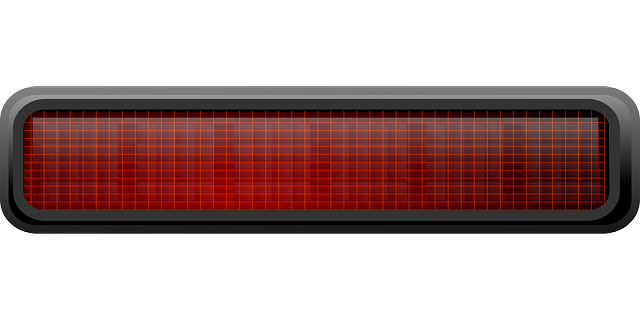
Before tackling any water heater installation, thorough preparation and safety precautions are paramount. Begin by ensuring a reliable electrical connection; tankless heaters demand consistent power to function optimally. Verify that your circuit breaker can handle the heater’s wattage and upgrade if necessary. Gas-powered models require a dedicated line with proper ventilation; consult professionals for safe gas line connections.
Clear the installation area of debris, and ensure ample space around the heater for optimal airflow and maintenance accessibility. Protect yourself with safety gear, including gloves, goggles, and a mask to avoid inhaling dust or debris during disassembly and installation. Keep flammable materials away from the work zone to mitigate risks associated with gas heaters.
Step-by-Step Guide to Installation Process

Water Heater Installation: A Step-by-Step Guide
Begin by shutting off the water supply to the existing heater. This critical step ensures safety during the installation process. Next, locate and prepare the desired installation location, ensuring it aligns with the tankless heater’s dimensions. Remove the old water heater carefully, taking note of any pipes or connections for reinstallation later. Clear the area of debris and ensure proper ventilation.
Connect the new tankless water heater to the cold water supply line using the appropriate fittings. Install the hot water lines, ensuring they are secure and well-insulated. Set up the electrical connection according to the manufacturer’s instructions, paying close attention to voltage requirements. Test the electrical connections for any faults. Once all connections are verified, activate the water heater, checking for any leaks along the way.
Post-Installation Testing and Maintenance Tips
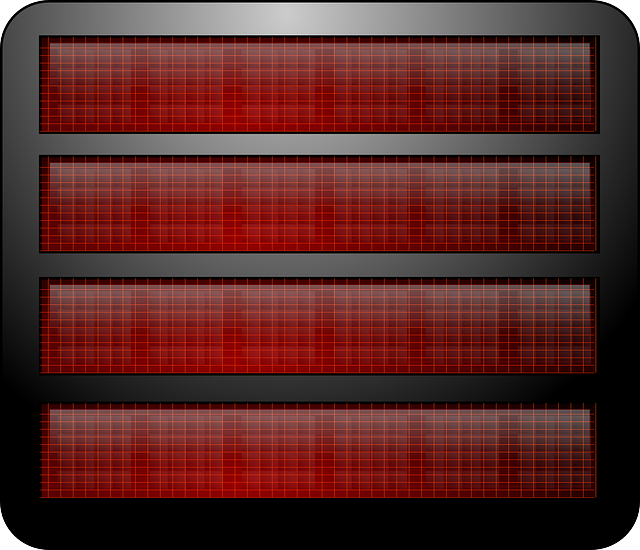
After a successful tankless water heater installation, it’s crucial to perform thorough testing to ensure optimal performance and safety. Begin by checking for any leaks around the unit and its connections. Verify that the water temperature is consistent with your desired setting and that hot water flows smoothly through all fixtures. It’s also essential to test the backup power source (if applicable) to ensure it functions correctly during power outages.
Regular maintenance is key to extending the lifespan of your tankless water heater. Schedule periodic inspections to clean mineral deposits from the heating elements and check for any signs of damage or corrosion. Keep an eye on energy usage and look for sudden changes in temperature, which could indicate a problem. Regular flushing and filtering can also prevent sediment buildup and maintain efficient heating, ensuring continued reliability and efficiency in your water heater installation.
Common Issues and Troubleshooting Solutions
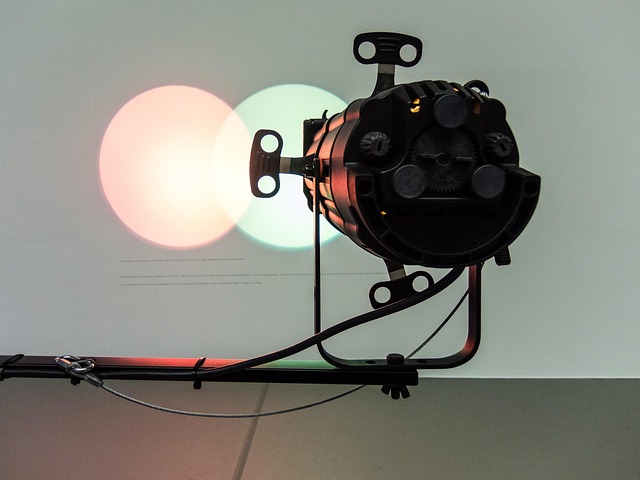
After installing a tankless water heater, common issues may include low water pressure or temperature inconsistencies. Troubleshooting begins with checking the gas supply and ensuring no leaks. If pressure is low, inspect the pressure relief valve and ensure it’s functioning correctly. For temperature control, verify that the thermostat settings match your desired temperatures and adjust as needed.
Electric models may face similar challenges but are often easier to diagnose. Check electrical connections for loose or damaged wires, and ensure the heater is receiving the proper voltage. If the unit still doesn’t perform optimally, consult the manufacturer’s guidelines or seek professional assistance, as issues could be related to water flow rates or heating elements. Regular maintenance and timely repairs are key to a smooth water heater installation process.
